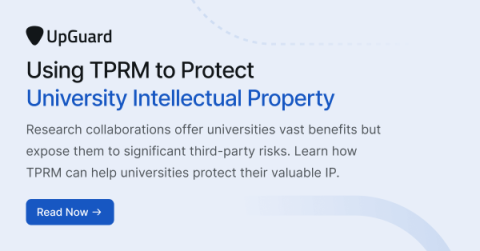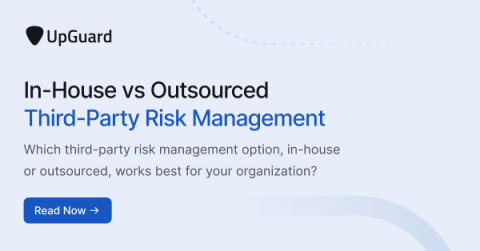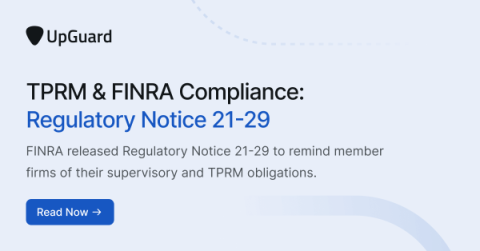Less Is More: Consolidating Your Third Party Risk Management Tools
Proudly serving over 3,000 enterprises globally, Bitsight works closely with risk leaders across industries to help them protect their businesses. CISOs and third-party risk professionals face pressing challenges, from regulations to efficiency to maintaining supply chain resilience—all calling for smarter, easier, and more integrated solutions.










